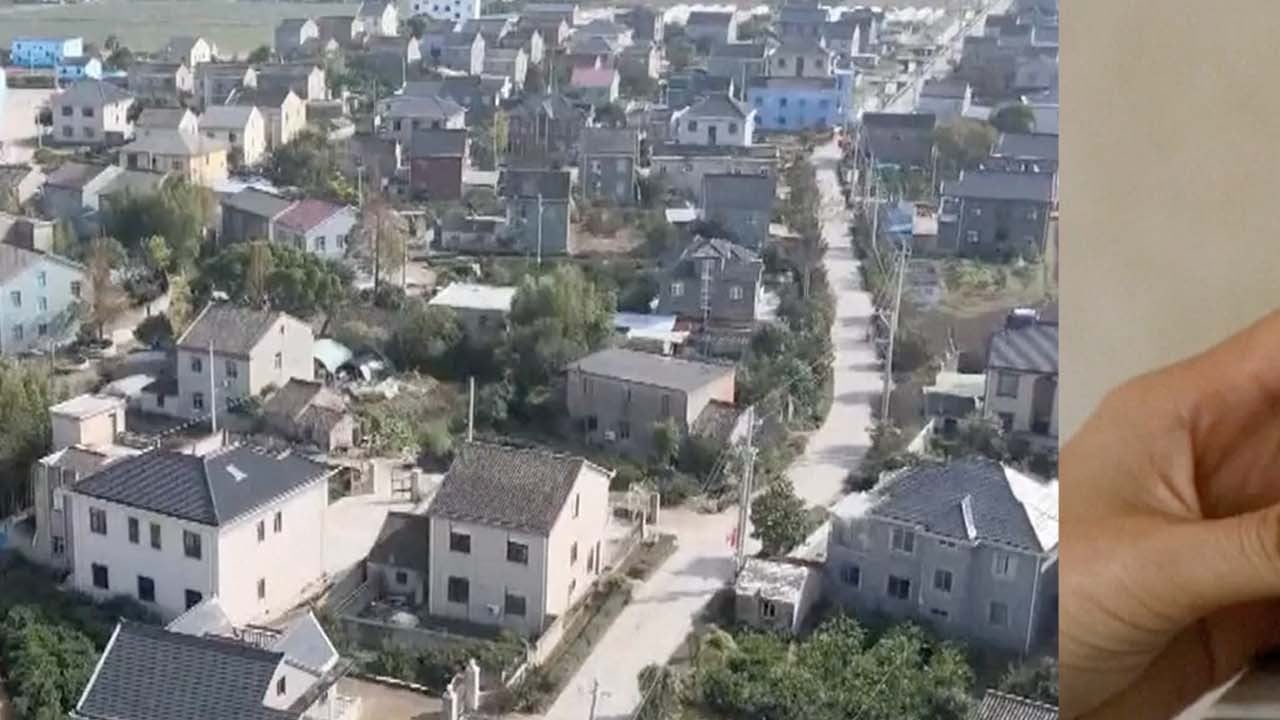
China’s rural workers face bleak choice: stay in emptying villages, or move to job-scarce cities?
- Survey from Chinese university shows rural residents’ desire for middle-class lifestyle is superseded by low incomes and lagging social services
- Researchers find lower quality of life still present in countryside – and weak job market in cities means fewer alternatives for those who’d leave
The research, conducted in collaboration with the Chinese Academy of Social Sciences and the social media platform Weibo, was based on data collected from 115,000 residents – 34,000 rural and 81,000 urban – over the Lunar New Year holiday in mid-February.
Due to a mismatch between household income and expenditures … an urbanised lifestyle in rural areas is facing a dilemmatic trap
Two-thirds of the Chinese population lived in cities last year compared to 40 per cent two decades ago, government data showed.
“However, due to a mismatch between household income and expenditures,” said the Wuhan University researchers, “an urbanised lifestyle in rural areas is facing a dilemmatic trap, a pseudo-middle-class life.”
Rural residents are finding it increasingly difficult to sustain a high-quality life, as evidenced by a pronounced “hollowing out” of villages, authors warned.
Around 74 per cent of those surveyed said fewer than 60 per cent of people in their villages chose to remain, and 30 per cent said their villages were seeing less than 30 per cent inhabitancy.
“This implies that within a natural village, a significant number of farming households have their doors closed year-round, with nobody at home. The main workforce is employed outside the village, children are attending schools elsewhere and the elderly have passed away,” the report said.
“Rural households have become increasingly fragile, facing heightened pressure due to the high cost of urbanised lifestyles,” the report said, also raising concerns about the climbing divorce rate and declining fertility.
Around one-third of rural respondents observed a rise in divorces in their communities, and nearly 60 per cent of those surveyed said they wanted only one child or none.
“Compared to the younger population, elderly residents in rural areas are on the fringes of the urban-rural lifestyle evolution,” the report said.
In cities, the dominant method of senior care remains children looking after their elderly parents. Self-care only represents around 18 per cent of respondents there, while the proportion of self-care jumped to nearly 40 per cent among those in the countryside.
“As a result, ensuring their living conditions, particularly by providing stable agricultural income, is crucial,” the researchers remarked.
A previous government target was to help two million elderly households renovate their living facilities for greater convenience from 2021 to 2025.


